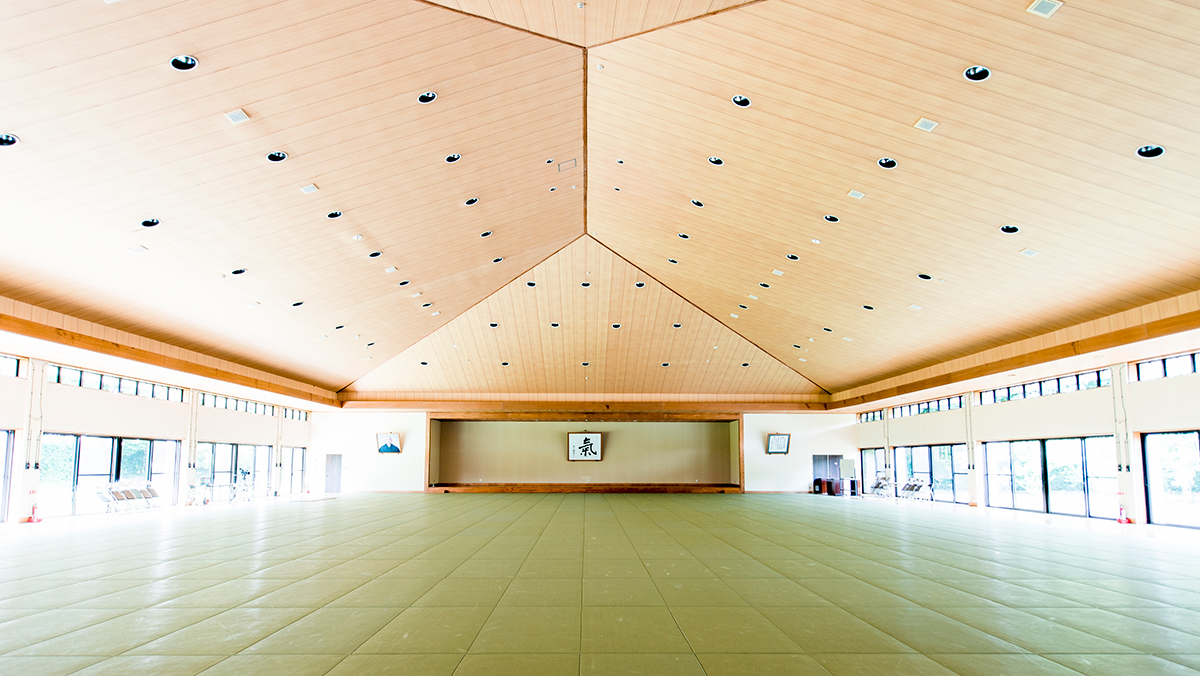Unification
during Movement and Action
Getting
the feeling of a posture with Coordination of Mind and body is the basics of
Shinshin Toitsu Aikido practice.
Natural
posture has natural stability, and by checking stability in our posture, we can
know whether we coordinate Mind and Body or not.
In
the Ki Sayings that Koichi Tohei Sensei put together, there is a paragraph that
explains this.
From
the Ki Sayings no.12:
It
is easier to coordinate mind and body when we are sitting or standing still
than when in motion. But true unification means to maintain the coordination of
mind and body even when we are moving.
Sei
chu no toitsu means – To always maintain the Coordination of Mind and Body
while sitting or standing still (no movements).
Dou
chu no toitsu means – To always maintain the Coordination of Mind and Body
while in motion (during movements).
While
sitting, standing or even just moving a little, it is quite easy to lose the
Coordination of our Mind and Body which is why training is very important to
help us maintain the Coordination of Mind and Body especially during intense
and big movements.
A
specific training method for maintaining Coordination of Mind and Body is the
Ki Development Exercises, which are basic movements that are also included in
Aikido techniques.
To
some extent, it is first necessary to be able to maintain the Coordination of
Mind and Body while sitting or standing (no motions). Once we get this feeling
we can apply it to the exercises so as to be able to practice maintaining
Coordination of Mind and Body while moving (during motion).
Another
most likely way that we may lose our Coordination of Mind and Body is when we
are practicing with a partner. When we are able to maintain Coordination of
Mind and Body during exercises (practicing exercises by oneself, without a
partner), then we should start to apply this feeling of Coordination of Mind
and Body to Aikido techniques when we practice with a partner.
This
way of step by step practice helps us ensure and understand clearly the feeling
of maintaining Coordination of Mind and Body.
I
remember a conversation from a few years ago with Mr Tatsuro Hirooka, a
professional Baseball Player.
During
Mr Hirooka’s professional playing days, he was taught the Ki Development
Exercises by Soshu Koichi Tohei Sensei. At the time, he thought that the Ki
Development Exercises were the basic exercises for Aikido training.
It
was after gaining some more experience as a baseball player that he realized
that movements in baseball had close similarities to the fundamental basic
movements that he had learned from the Ki Development Exercises in the past.
He
then told me that he would like to re-learn the Ki Development Exercises again
which I then proceeded to explain to him.
As
I am an amateur at Baseball, I did not know how to use one’s body in Baseball,
but as I was explaining the Ki Development Exercises to Mr. Hirooka I realized,
through his understandings and ideas, how to apply the fundamentals of Ki
Development Exercises to Baseball Players as well.
It
was through this experience that I was able to learn more in depth the
importance of Ki Development Exercises by explaining and teaching him.
It
happened also for other Martial Arts, Sports, Music as well as Cultural Arts.
By explaining to people who specialized in these fields, I was forced to look
at each person and how they moved in their specialized field carefully and
explain accordingly so that they could understand and apply it to their arts or
sports career.
We
realized that Ki principles, as well as Ki development exercises, are the basic
foundation and can be applied to any movements.
In
daily life, it is usually easy to keep Coordination of Mind and Body alone in
quiet place. But it is important to also
keep the same feeling even during hectic schedules and situations.
Ki
Development Exercises is the access point to experiencing and understanding
Unification during Movement and Action.

